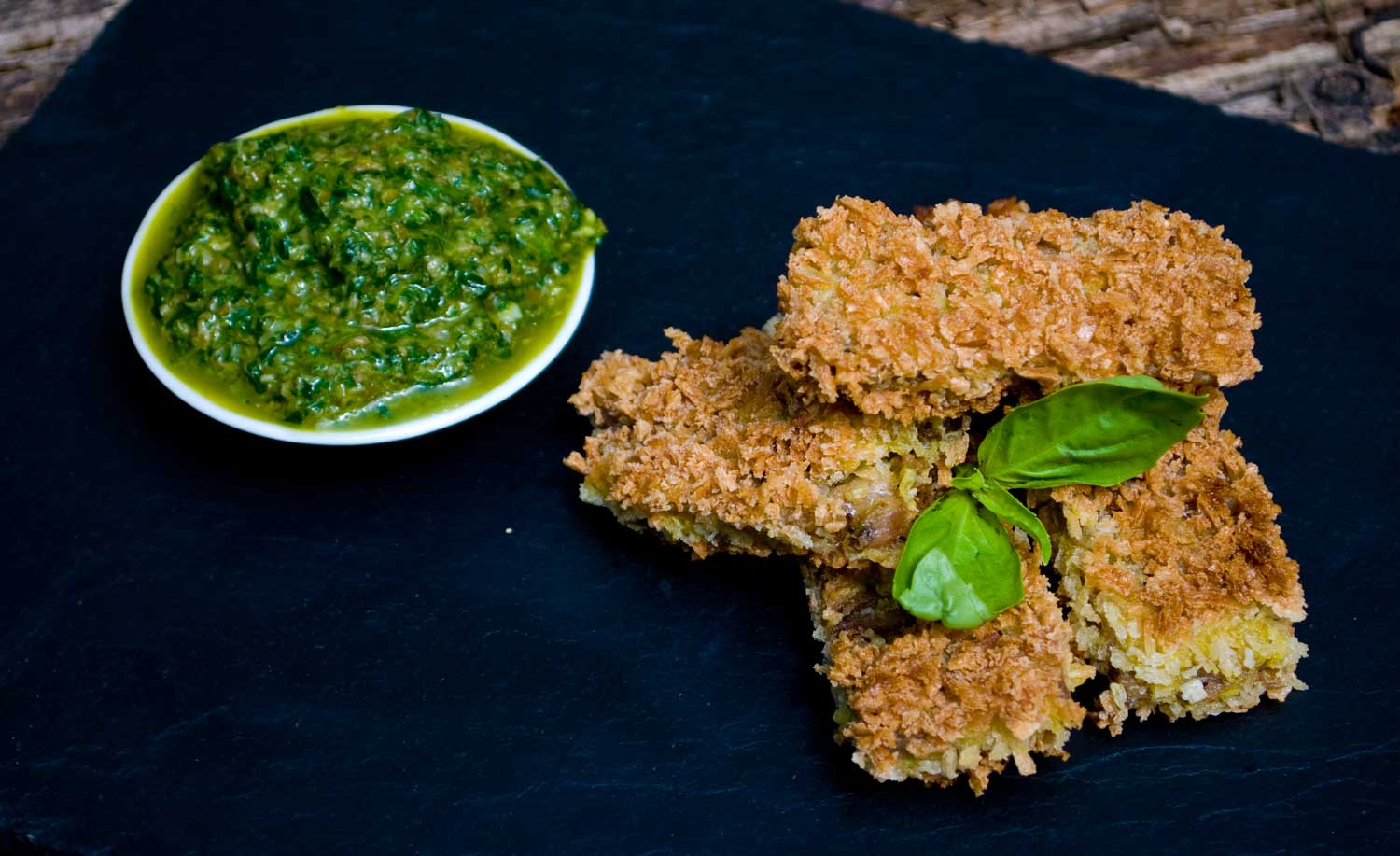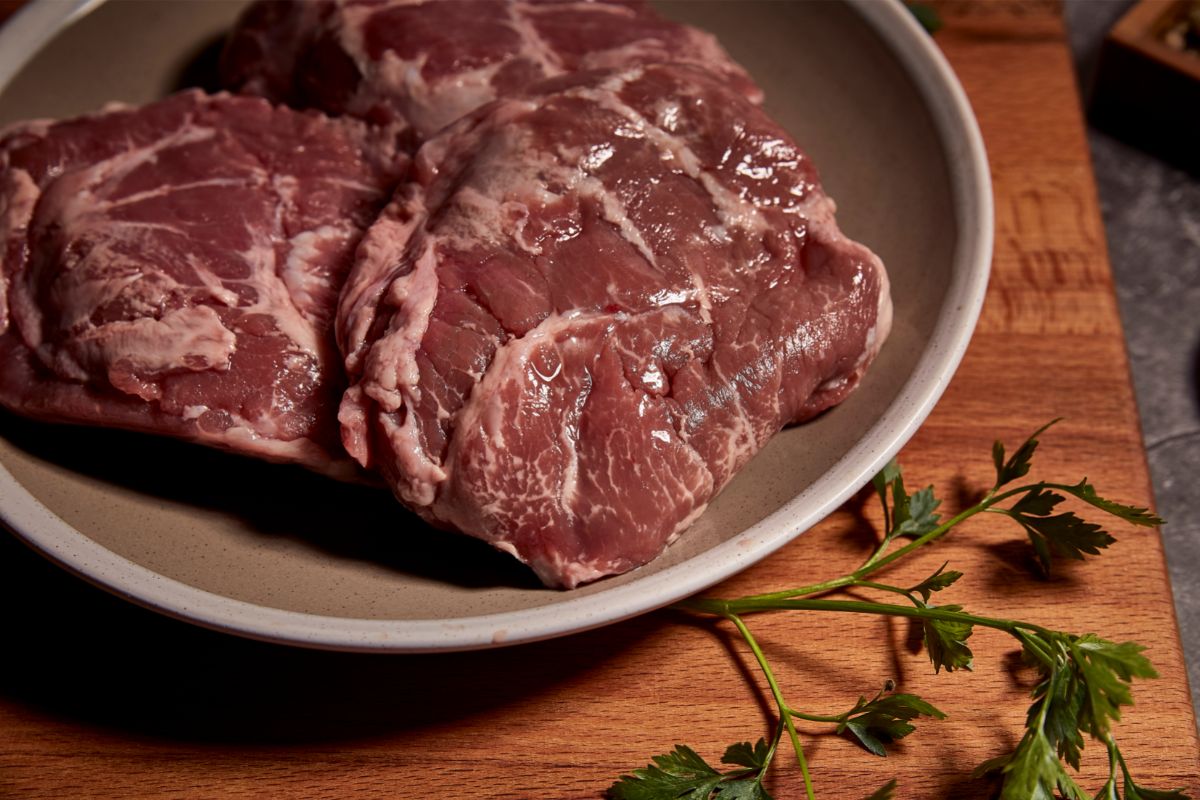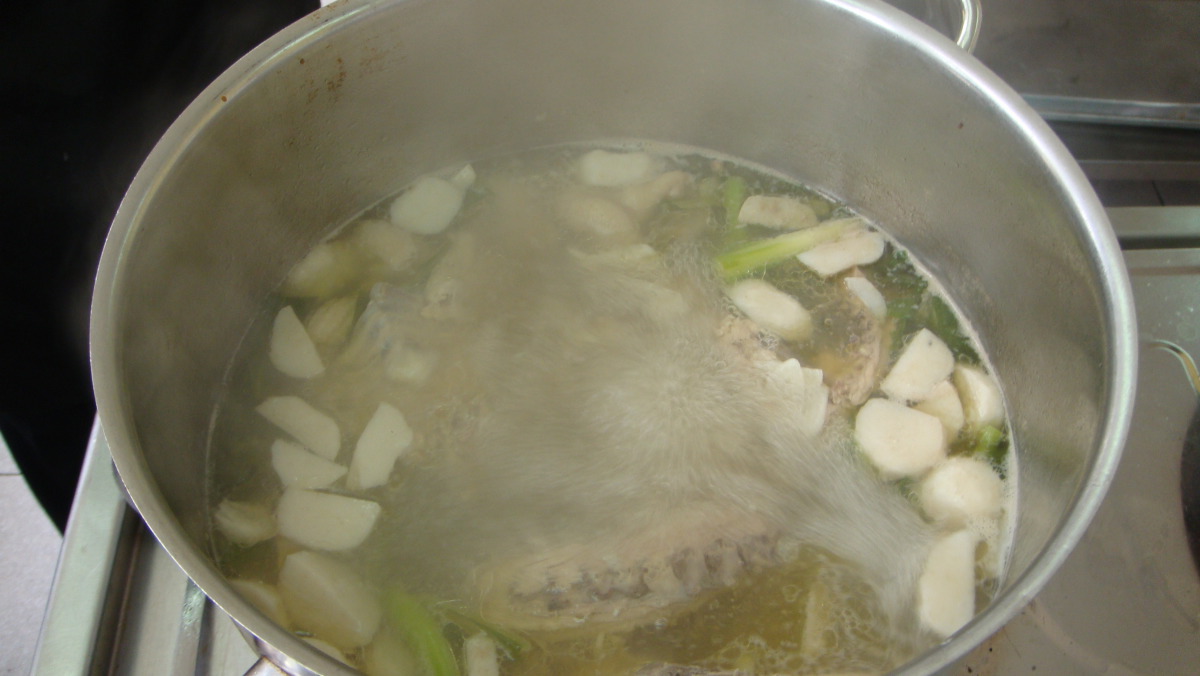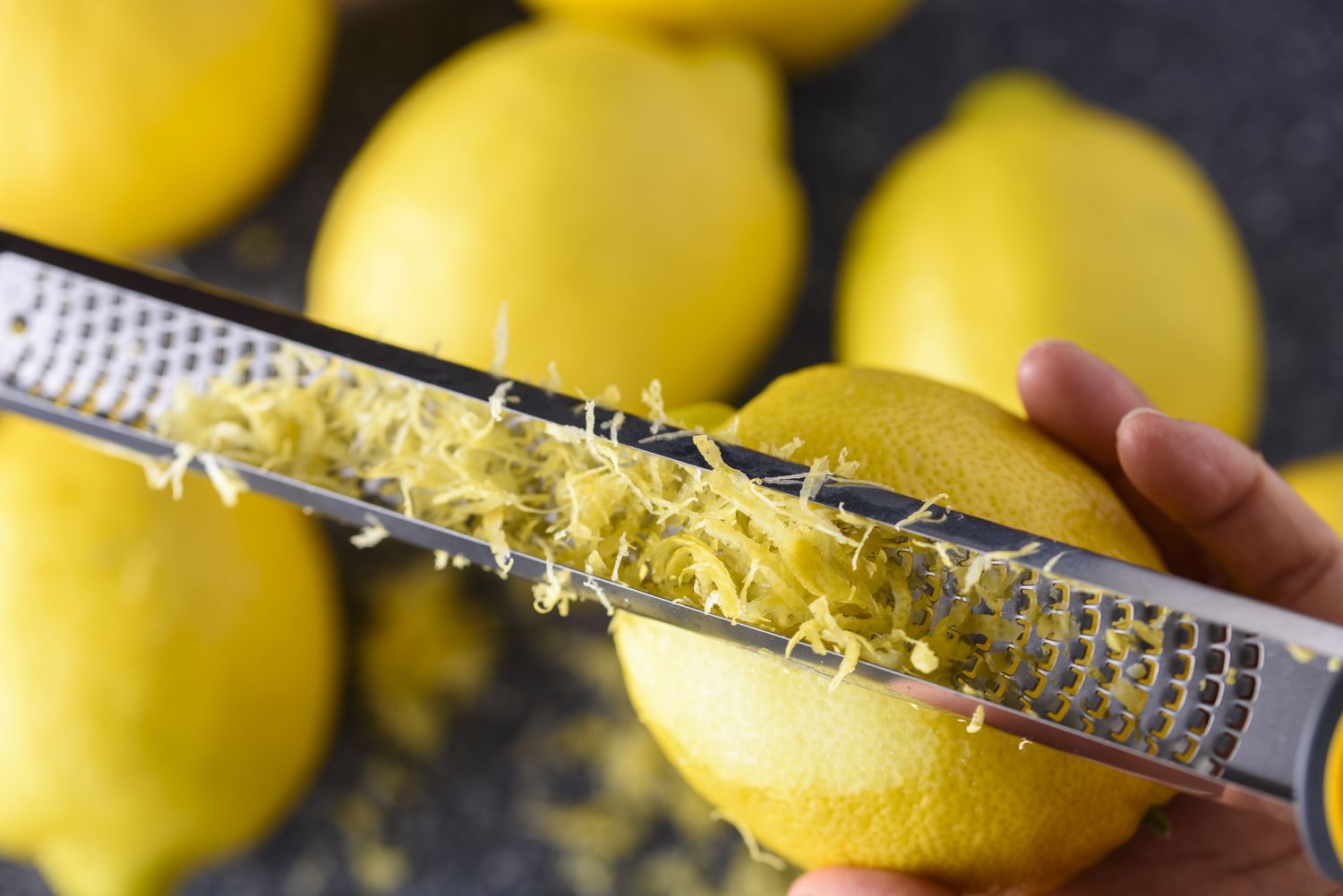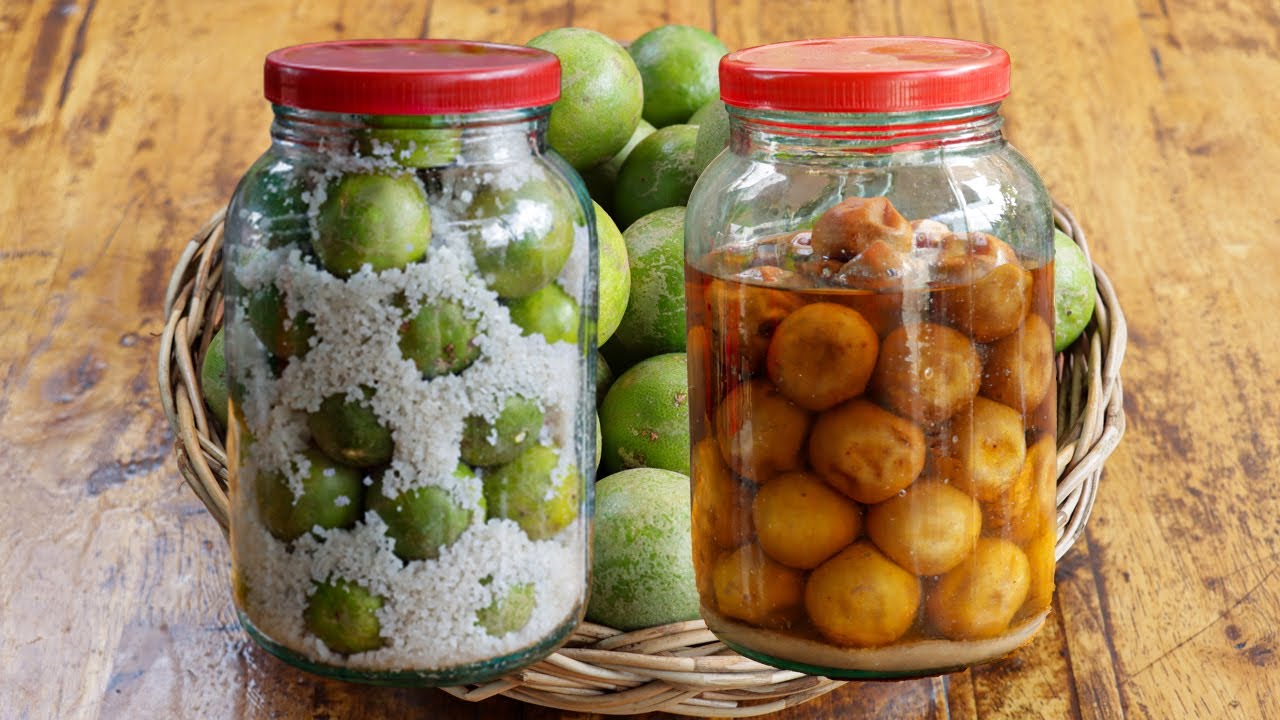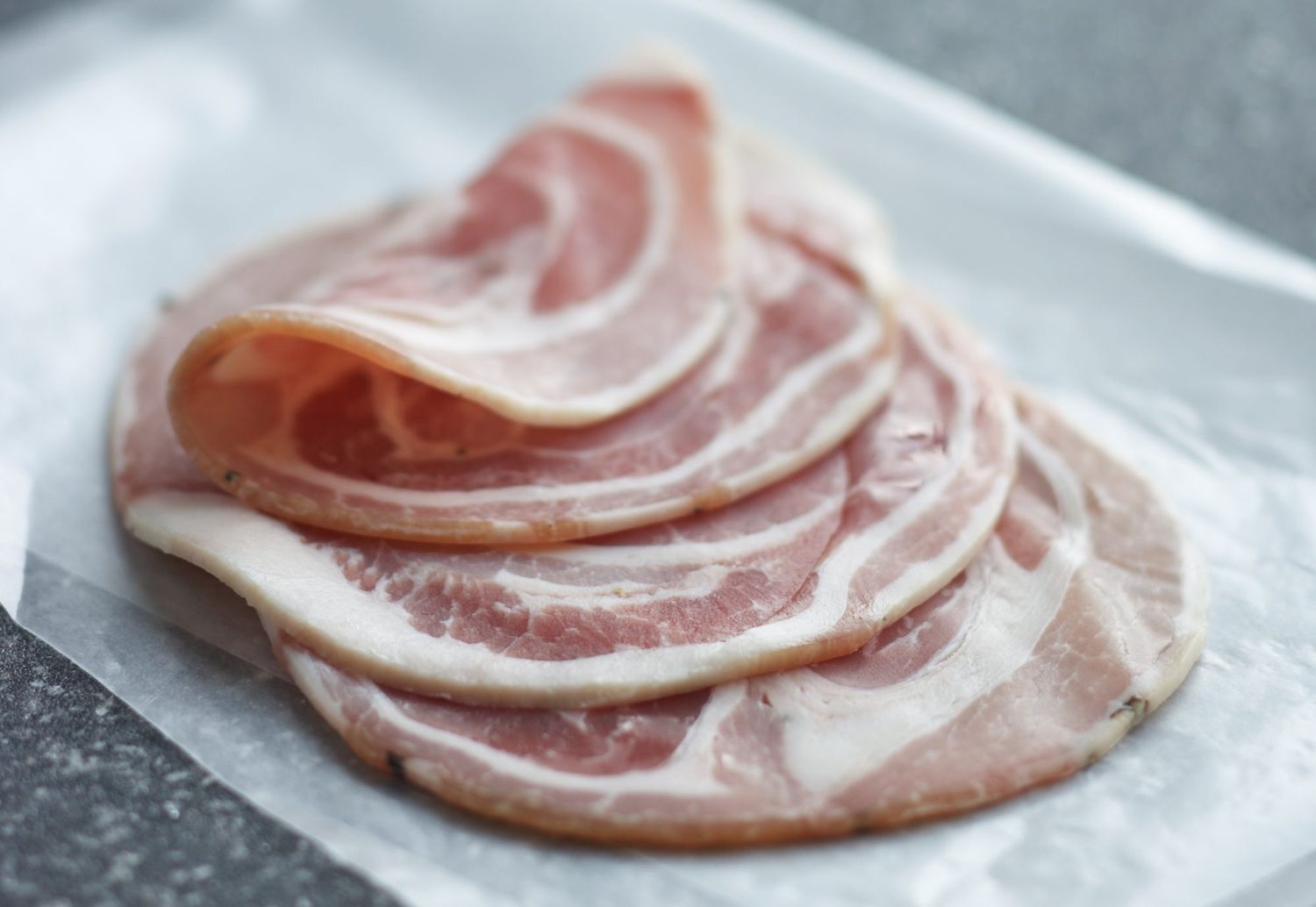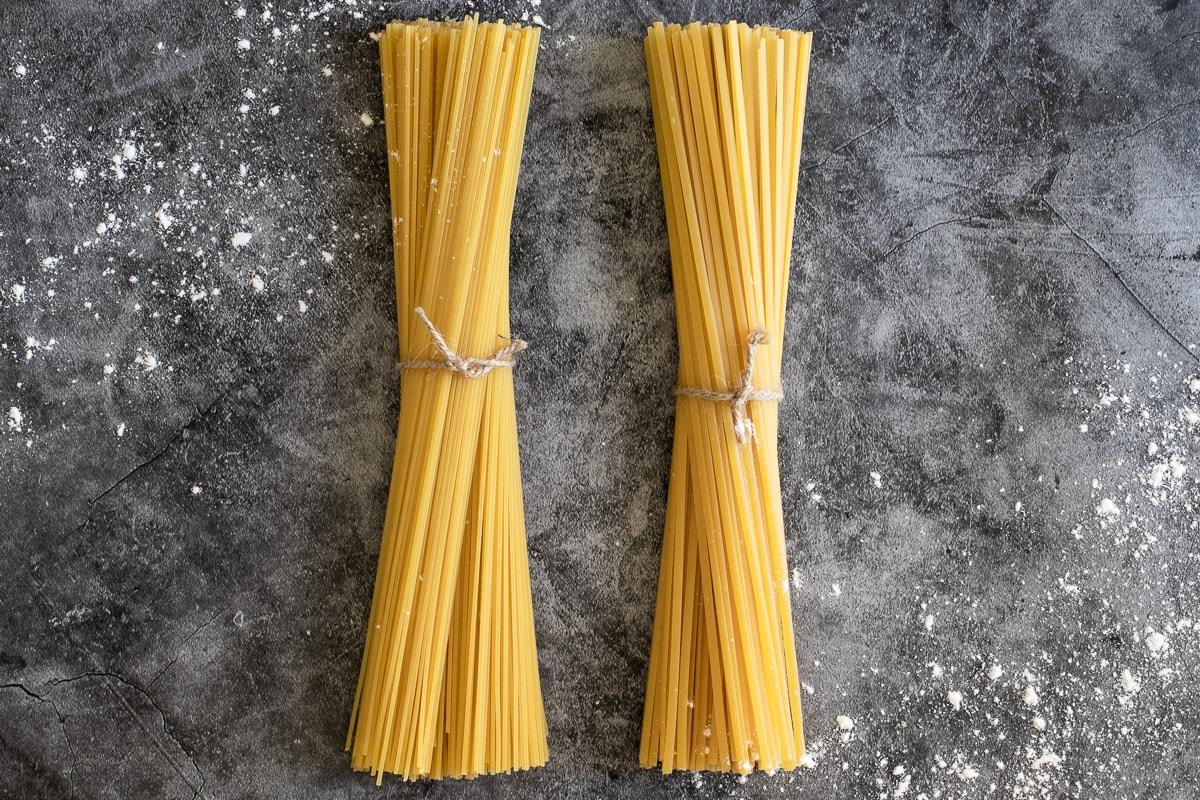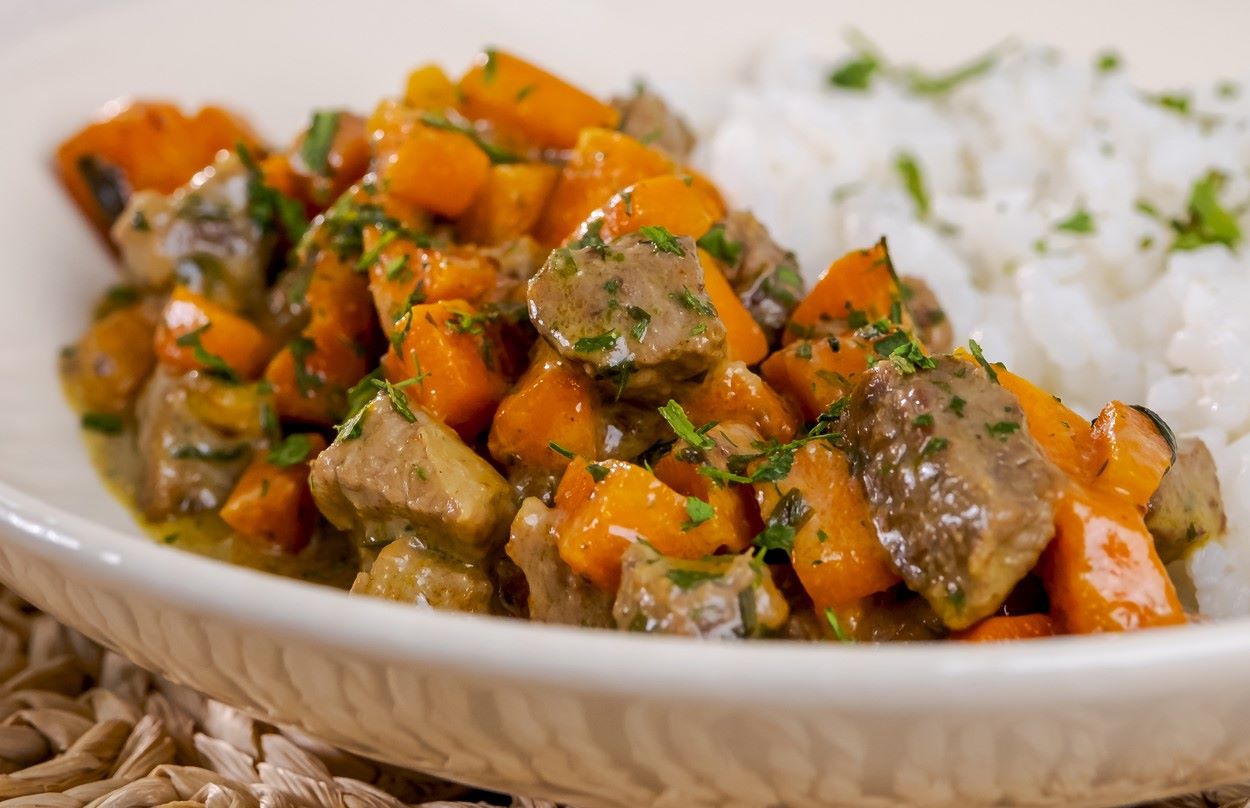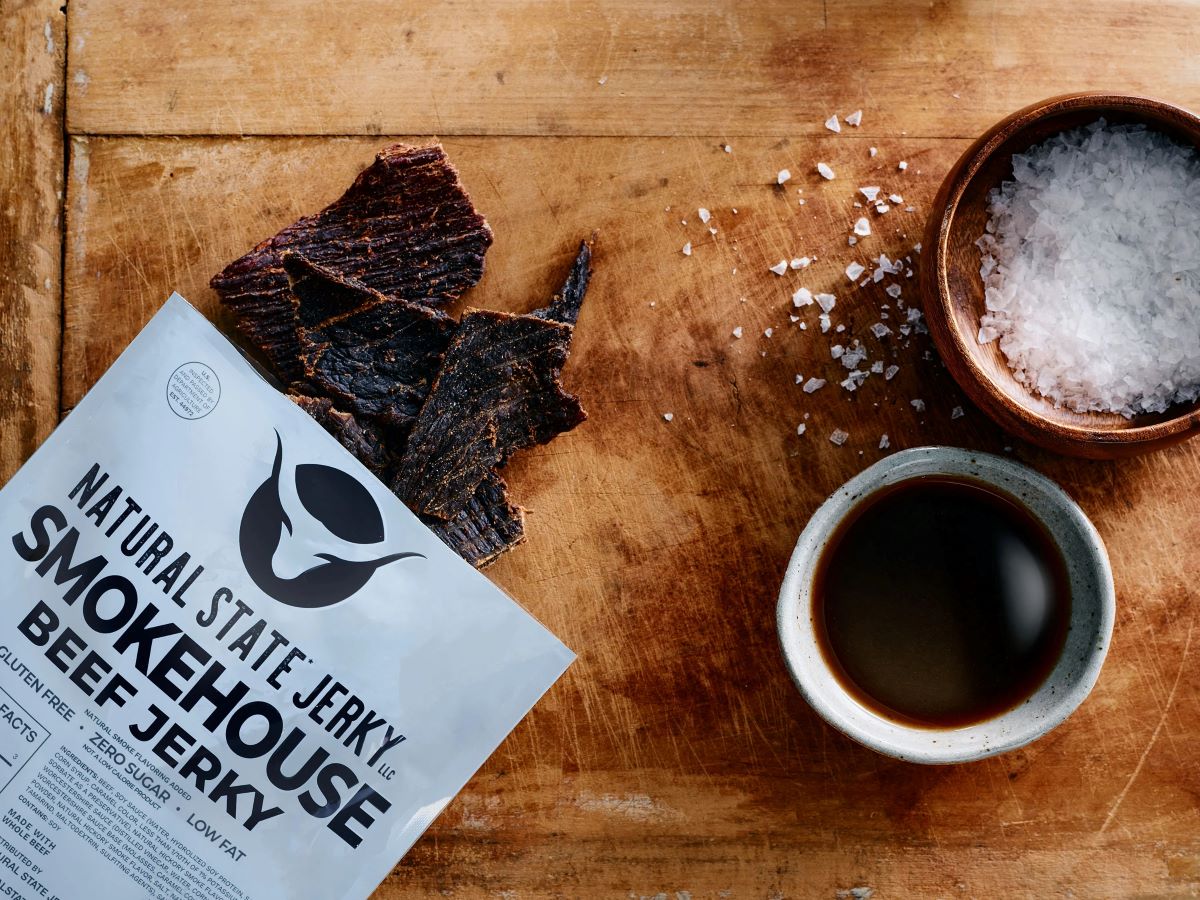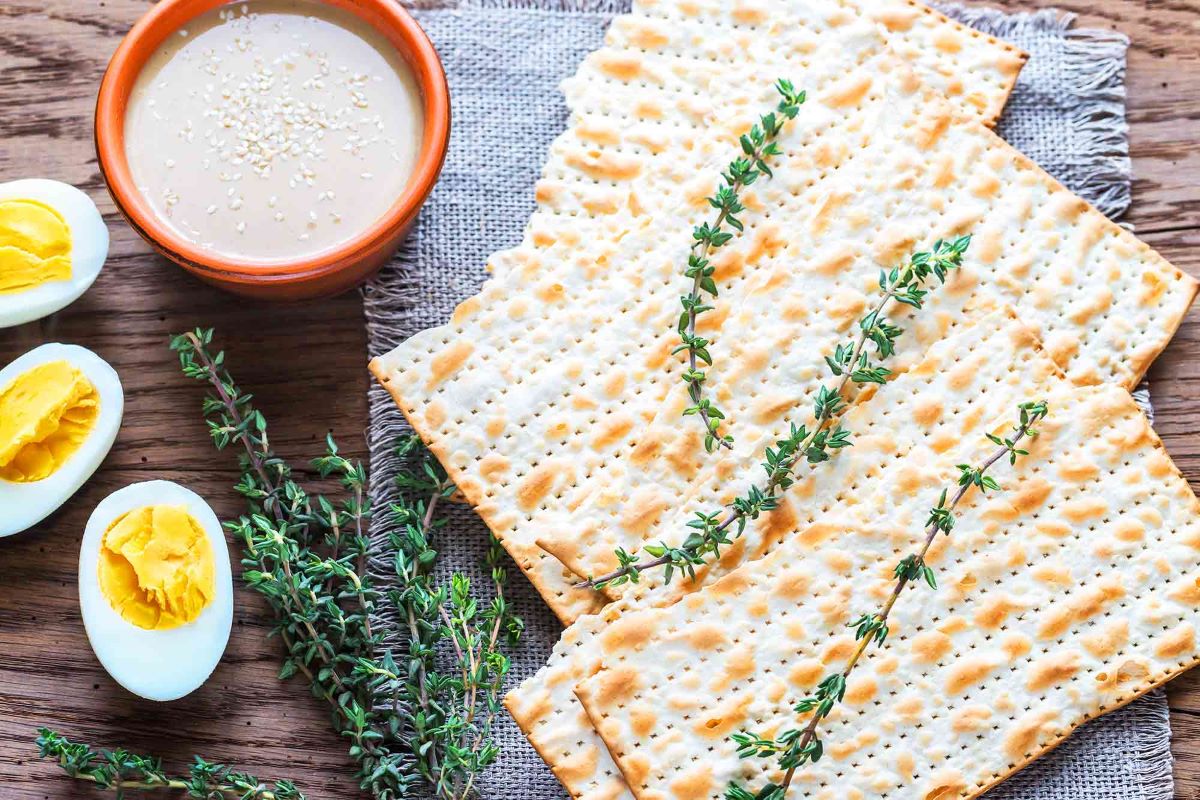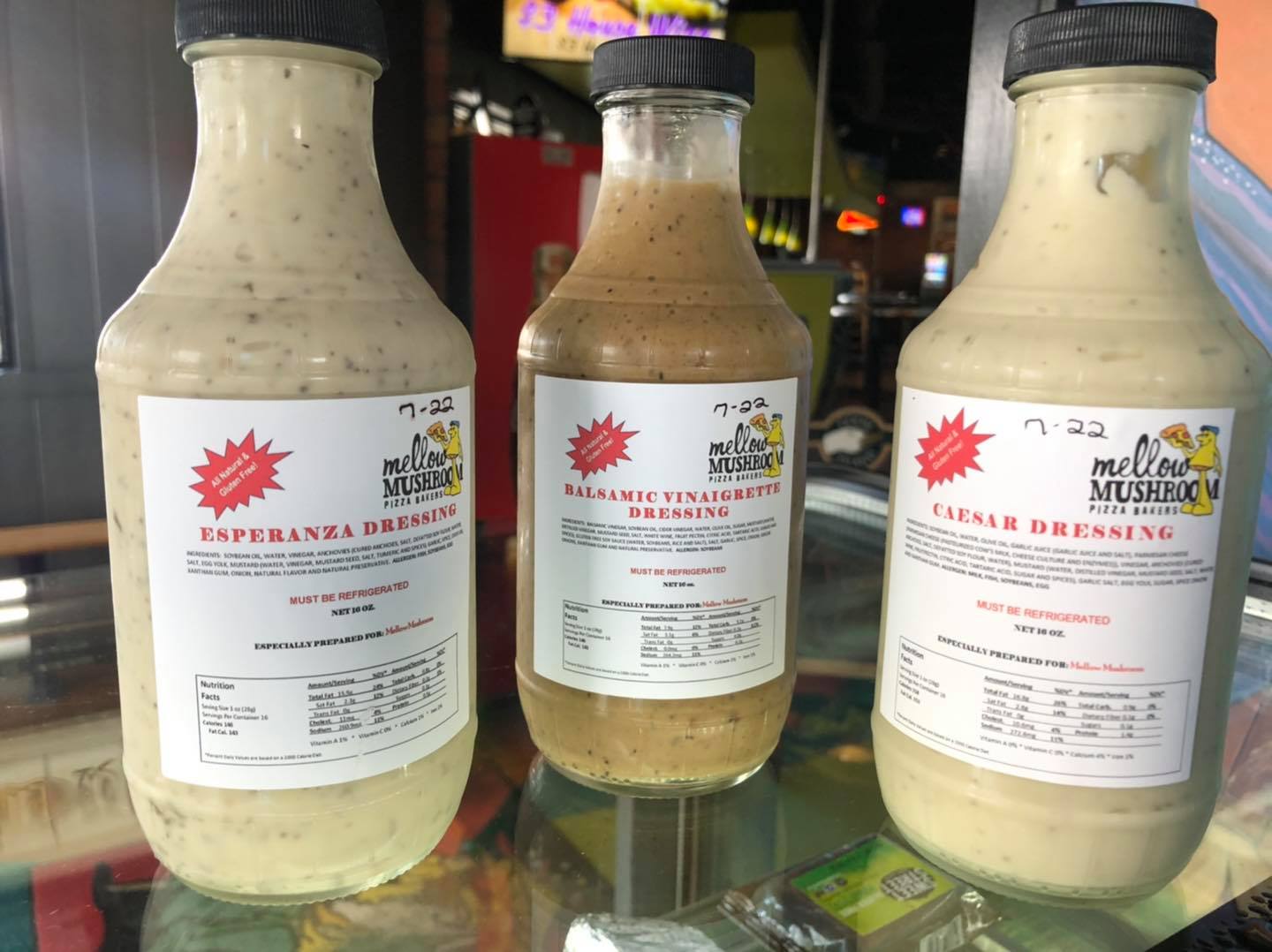Understanding Polvoron: A Delicious Filipino Treat
Polvoron is a popular Filipino delicacy that is enjoyed by people of all ages. This sweet and crumbly treat is often enjoyed as a snack or dessert, and its unique texture and flavor make it a beloved part of Filipino cuisine. If you’re curious about what polvoron is in English and how it’s made, you’ve come to the right place. Let’s dive into the world of polvoron and explore its deliciousness!
What Is Polvoron?
Polvoron is a type of shortbread-like cookie that is made from toasted flour, powdered milk, sugar, and butter. It is then shaped into small, round or oval patties and wrapped in colorful cellophane or wax paper. The word “polvoron” is derived from the Spanish word “polvo,” which means “powder” or “dust,” referring to the crumbly texture of the treat.
Ingredients
The basic ingredients for making polvoron include:
- Toast flour
- Powdered milk
- Sugar
- Butter
Additional ingredients such as crushed nuts, chocolate, or flavors like ube (purple yam) or mango can also be added to create different variations of polvoron.
How Is Polvoron Made?
The process of making polvoron involves toasting the flour in a pan until it turns light brown, then mixing it with the powdered milk, sugar, and butter. The mixture is then pressed into a mold to form the desired shape. Once the polvoron patties are set, they are individually wrapped in colorful paper to preserve their delicate texture and make them visually appealing.
How Is Polvoron Enjoyed?
Polvoron is typically enjoyed as a sweet treat with a crumbly texture that melts in your mouth. It is often served with tea or coffee, making it a delightful accompaniment to a hot beverage. In the Philippines, polvoron is a popular gift or souvenir, often packaged in decorative boxes or containers and given to friends and family during special occasions or holidays.
Where Can You Find Polvoron?
While polvoron is a beloved Filipino treat, it can also be found in Filipino grocery stores or specialty shops in other countries. In addition, many people enjoy making polvoron at home using traditional recipes passed down through generations.
Conclusion
Polvoron is a delightful and unique treat that holds a special place in Filipino culture. Its crumbly texture and sweet flavor make it a beloved snack or dessert for people of all ages. Whether you’re enjoying it with a cup of tea or sharing it with loved ones, polvoron is a delicious indulgence that brings joy to those who savor its delightful taste.
So, the next time you come across polvoron, take a moment to appreciate the craftsmanship and tradition that goes into making this beloved Filipino delicacy.
Was this page helpful?
Read Next: What Is The Difference Mirepoix Vs. Sofrito
